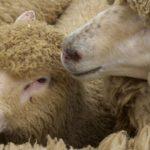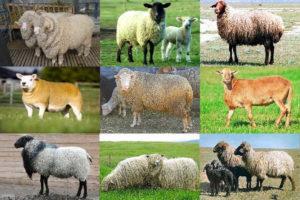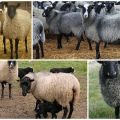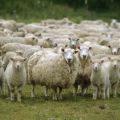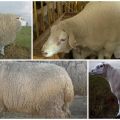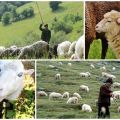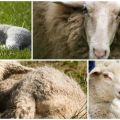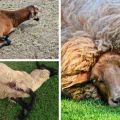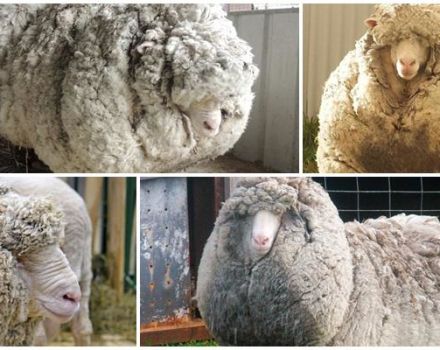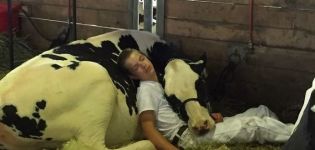What is meant by the grading of sheep and its varieties, the rules for
Without improving the productivity of sheep and goats, it is impossible to achieve an increase in the profitability of a farm or agricultural enterprise. To do this, they use grading of sheep and goats, that is, a comprehensive examination of various criteria, after which they are divided into several groups. The procedure is carried out annually in order to select the optimal housing conditions and diet, highlight the most valuable specimens of animals, and select the best sheep for the herd.
Sheep grading is understood as
The process of a comprehensive individual assessment of the performance of animals with subsequent classification, for the purpose of further use in breeding, the creation of a rational, useful production technology, is called the assessment of sheep.
This is an important process of agricultural production, since the breeding value of the flock is determined by the professionalism of the boniter. The procedure is usually applied to fine-fleece and semi-fine fleece flocks, after which the sheep are divided into classes.
Classification objectives:
- pick up productive rams for mating;
- properly organize the process of keeping, feeding animals with the creation of the best conditions for the most valuable groups;
- divide the sheep into classes according to useful productive characteristics.
Important! When examining livestock, close attention is paid to the direction in which the farm specializes. In the fine-woolen direction, valuable sheep are isolated for wool production, in the smushkoy direction, the smushkoye is distinguished, in the sheepskin direction - the sheepskin direction.

Varieties
The appraisal procedure is carried out individually or in groups (classes). An individual procedure is called a procedure applied to rams-producers for further mating. The results are recorded in the journal and the nominal breeding card of an individual animal.
Individual examinations are carried out by zootechnicians of farms and breeding farms in order to identify animals that:
- grown for transfer to third-party farms;
- are intended for the "repair" of their own livestock;
- come from those rams that are tested for offspring.
Sometimes, the examination takes into account such qualities of animals as breed, productivity, constitutional characteristics. In this case, each head is assigned to the corresponding grading class without entering information or assessments into the log. This is called class (group) grading.
Rules of conduct
Compulsory grading, which is carried out once for each animal, determines its further use. The procedure is mandatory for the age when the expert assessment is already possible:
- 8 or 9 months - the age of appraisal of fur-coat sheep;
- 1 year - examination of fine-fleece, semi-fine fleece livestock, carried out in the spring, before the start of the first haircut;
- 18 months - group appraisal of a non-specialized, meat-lard herd, carried out in the fall, preceded by mating.
The breeding part of the livestock begins to be bonized even earlier in order to track the development path of the sheep, classify it for fattening, and breeding.

So, when weaning three-month-old lambs from queens, they are assessed by development, live weight, and at five months, before the first shearing, by the quality of the bright wool.
Further care of the animal
After the appraisal process, the animals are carefully monitored. Monitoring the development, growth of animals, their behavior and relationships within the herd is the responsibility of the farm specialists: boniters, livestock specialists, as well as breeders. It is important to provide the sheep with quality feeding and health care.
Important! Results, deviations from the norm, development rate, and other indicators of zootechnics, for better tracking, are entered in a special journal.
Bonitizing sheep is considered a difficult, but necessary process in the management of the economy, since it simplifies the breeding of animals, and also makes it possible to cover all areas of sheep breeding with the help of classification.


